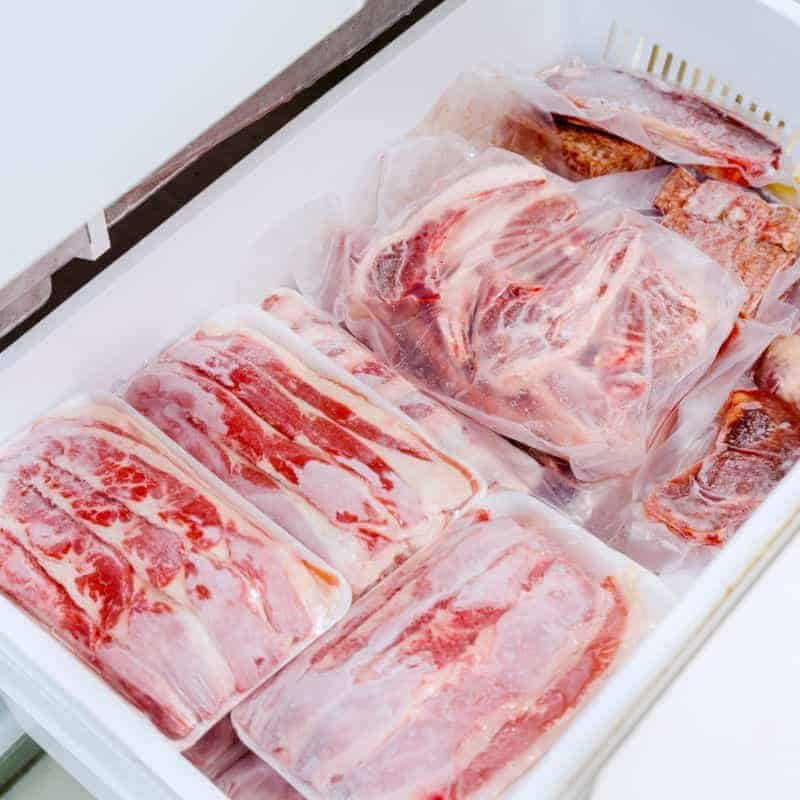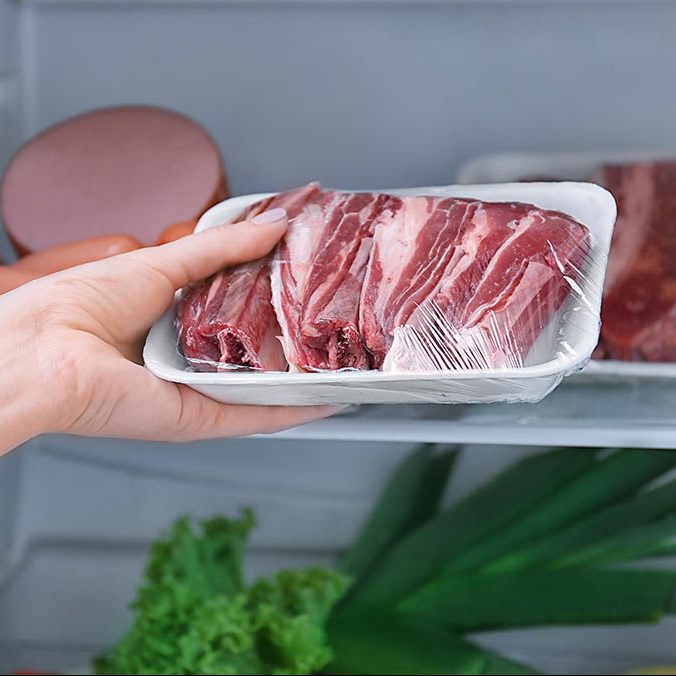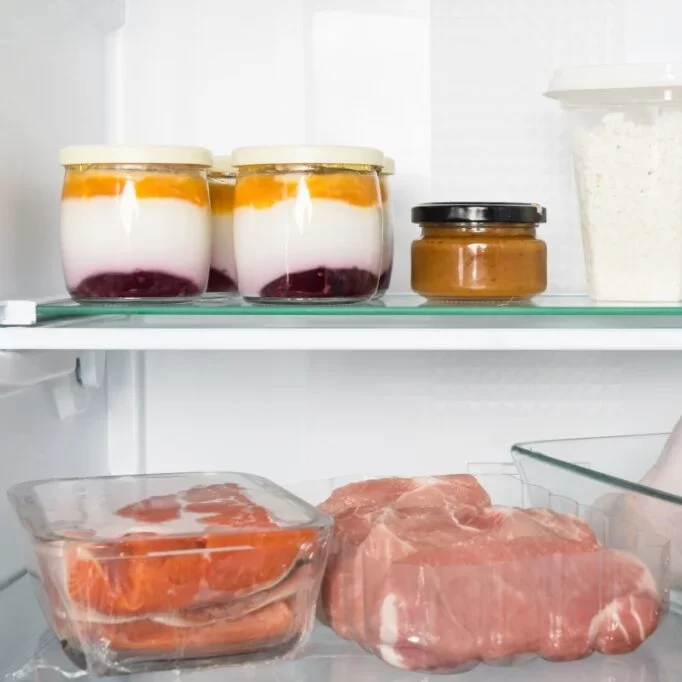Cooking is an art that demands not only skill but also a good understanding of food safety. One of the common concerns among home chefs and culinary enthusiasts alike is how long meat can stay in the refrigerator after thawing. The answer to this question is not just a matter of convenience; it is critical for ensuring the safety and quality of the food we consume. This article delves deep into the safe practices for thawing meat, the factors influencing its shelf life after thawing, and practical tips for storing meat safely in the refrigerator.
Understanding Thawing Necessities
Thawing meat correctly is crucial for safe consumption and maintaining its quality. Different methods influence how long meat can be safely refrigerated after thawing.

Safe Thawing Methods
You have several options to thaw meat safely while minimizing bacterial growth:
- Refrigerator Thawing: This is the safest method, although it takes the longest. Planned ahead, it works well especially for large cuts.
- Microwave Thawing: Ideal for quick thawing. However, it requires you to cook the meat immediately after thawing to prevent bacterial growth.
- Cold Water Thawing: Faster than the refrigerator but requires you to change the water every 30 minutes to maintain safety. Meat should be cooked immediately after thawing.
Risks of Improper Thawing
Thawing meat improperly can pose health risks:
- Bacterial Growth: Meat left at room temperature or in warm water can see a rapid growth of harmful bacteria.
- Uneven Thawing: Using methods like microwave thawing can lead to uneven thawing, where parts of the meat start to cook while others remain frozen, increasing the risk of foodborne illnesses.
Indeed, the USDA and the Mayo Clinic highlights the importance of following proper thawing methods to prevent illnesses such as salmonella infection.
Thawing Meat in the Refrigerator
Thawing meat in the refrigerator is the safest method but requires forethought and time management. Although it takes longer than other methods, it significantly reduces the risk of bacterial growth, ensuring the meat remains safe for consumption over a period.
Guidelines for Refrigerator Thawing Times
Different types of meat require varying durations to thaw completely in the refrigerator. For efficient planning, here are some standard thawing times:
- Small cuts (such as chicken breasts or steaks): 24 hours.
- Medium cuts (like pork loins or larger steaks): Up to 48 hours.
- Large items (such as whole chickens or turkeys): Approximately 24 hours for every five pounds of weight.
For the best results, ensure the refrigerator temperature is consistently at or below 40 degrees Fahrenheit. This temperature inhibits bacterial growth while the meat thaws.
Precautions When Thawing in the Refrigerator
To guarantee safe thawing in the refrigerator, consider these crucial precautions:
- Separate raw meats: Ensure that different types of meats are kept separate to prevent cross-contamination.
- Keep meat in its packaging: This prevents any drips that could spread bacteria and affect other foods.
- Monitor the temperature: Regularly check that your refrigerator remains at the correct temperature to ensure safe thawing.
Following these guidelines not only ensures safety but also maintains the quality and taste of your meat.
Alternatives to Refrigerator Thawing
For those needing quicker thawing options than the refrigerator, there are reliable alternatives. These methods help when you’re pressed for time.
Microwave Thawing Instructions
Microwave thawing is fast and efficient, ideal for when you’re in a hurry. Here’s how to do it safely:
- Remove all packaging – Plastic and foam trays can melt or release harmful chemicals.
- Use low power or defrost setting – This helps to thaw the meat evenly.
- Thaw in short intervals – Thaw for a few minutes, check, and if needed, continue. This prevents parts of the meat from cooking during the process.
- Cook immediately after thawing – To avoid bacterial growth, cook the meat as soon as it’s thawed.
Cold-Water Thawing Procedures
Cold-water thawing is quicker than refrigerator thawing but requires more attention.
- Seal meat in a leak-proof bag – This prevents bacteria from the water from contaminating the meat.
- Submerge in cold water – Change the water every 30 minutes to maintain a cold temperature.
- Cook meat immediately – Never refreeze or store meat thawed by cold water without cooking it first.
These alternative thawing methods provide flexibility while ensuring the meat remains safe for cooking.
 Cooking After Thawing
Cooking After Thawing
After thawing meat, cooking time is critical for safety and quality. Different thawing methods impact cooking schedules.
Timing Your Cooking Post-Thaw
It’s important to adjust your cooking times based on how you’ve thawed your meat. For meat thawed in the refrigerator, you have a window of a few days to cook it, depending on the meat type. Small cuts should be cooked within 1-2 days, while larger cuts can wait up to 5 days. If you’ve thawed meat using the microwave or cold water, cook it immediately to prevent the growth of harmful bacteria.
Immediate Cooking vs. Delayed Cooking
Choosing when to cook thawed meat depends on the thawing method used. With microwave or cold water methods, you must cook the meat right away. If done in the refrigerator, you have more flexibility. Always remember to cook thawed meat before it starts to spoil, keeping health and flavor in mind. Following these guidelines helps avoid risks associated with bacterial growth and ensures your meat is delicious and safe to eat.
Storing Thawed Meat
After properly thawing meat, storing it correctly is crucial for maintaining safety and quality. Here’s how you can safely store thawed meat in the refrigerator and understand the guidelines for refreezing, should the need arise.
Refrigeration of Thawed Meat
Once meat has thawed, particularly by refrigerator thawing, it can remain in the fridge for a certain period before it must be cooked:
- Small cuts like chicken breasts or individual steaks can be safely stored for 1-2 days.
- Larger cuts, such as roasts or whole turkeys, can stay for up to 5 days.
Ensure that the fridge temperature is constantly at or below 40 degrees Fahrenheit to prevent bacterial growth.
Guidelines for Refreezing Thawed Meat
Refreezing thawed meat is often not recommended, but there are exceptions:
- Meat thawed in the refrigerator can be refrozen without cooking but may suffer a loss in quality.
- Avoid refreezing meat thawed by other methods like microwave or cold water since these methods can lead to partial cooking and increased risk of bacterial growth.
Always ensure the meat has not been at room temperature for extended periods before considering refreezing.
Health Considerations
When dealing with thawed meat, health is a top priority.
Potential Risks of Bacterial Growth
Thawed meat can be a breeding ground for bacteria if not handled correctly.
- Temperature Matters: Meat above 40 degrees Fahrenheit invites bacteria.
- Time Is Critical: The longer meat sits after thawing, the higher the risk.
- Safe Methods Are Key: Always use safe thawing methods to minimize danger.
Proper thawing can prevent foodborne illnesses often caused by bacteria like salmonella.
Tips to Avoid Foodborne Illnesses
Steer clear of foodborne diseases with these simple tips:
- Plan Ahead: Thaw meat in the refrigerator for maximal safety.
- Cook Promptly: After microwave or cold-water thawing, cook meat immediately.
- Proper Storage: Keep thawed meat in the fridge at a safe temperature.
- No Room Temperature: Never leave meat out on the counter to thaw.
Remembering these points helps ensure that your meat is both delicious and safe to eat.
 Conclusion
Conclusion
In summary, knowing how long meat can stay in the refrigerator after thawing is vital for maintaining food safety and quality. Ground meats should be used within 1-2 days, while whole cuts of meat can last up to 5 days. Remember to check for spoilage signs, store meat properly, and cook it to the right internal temperature to eliminate any harmful bacteria. By following these guidelines, you can ensure that your meals remain safe and delicious. Understanding these nuances of meat thawing and storage will significantly enhance your culinary endeavors while ensuring the safety of you and your family.
